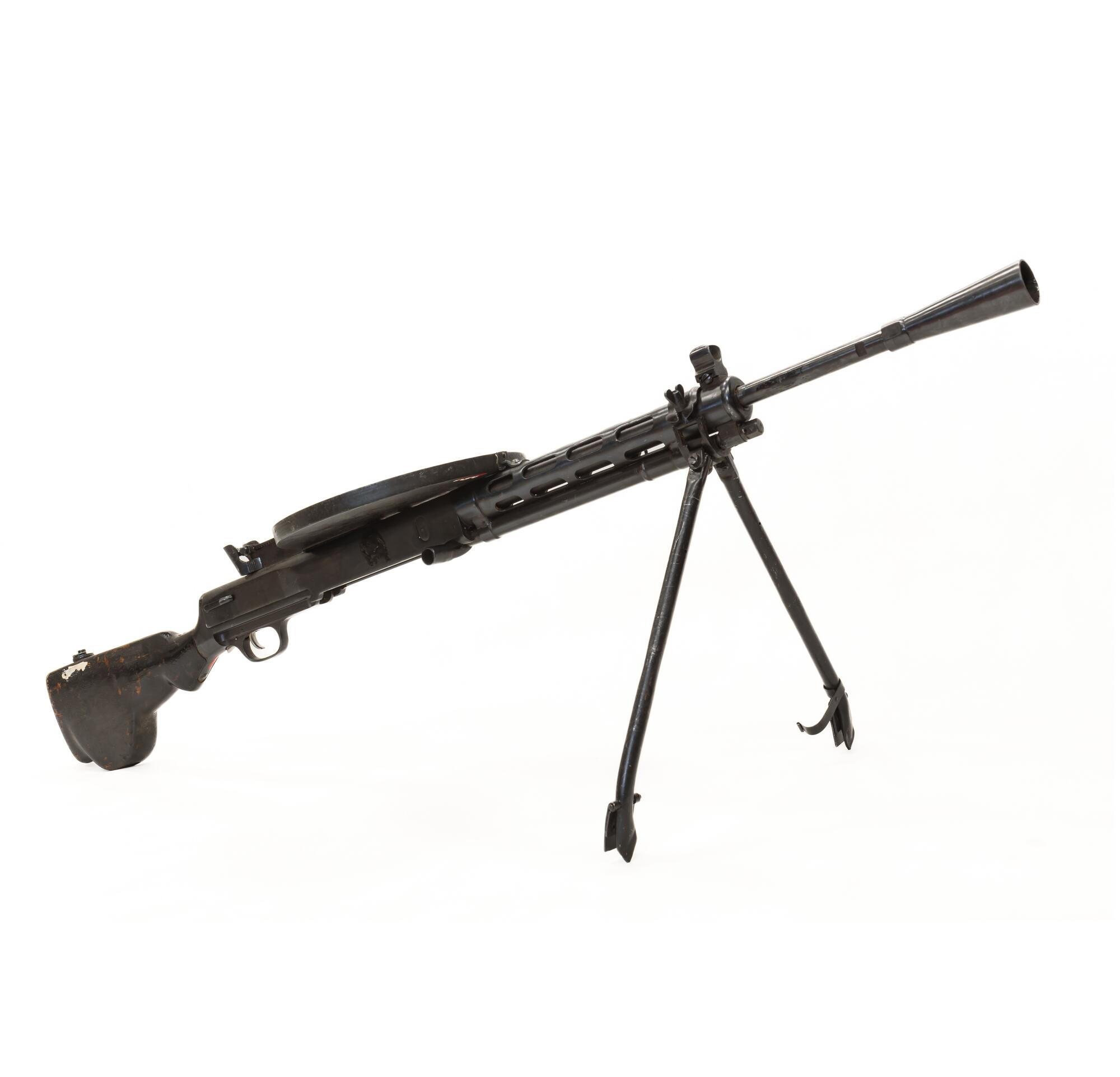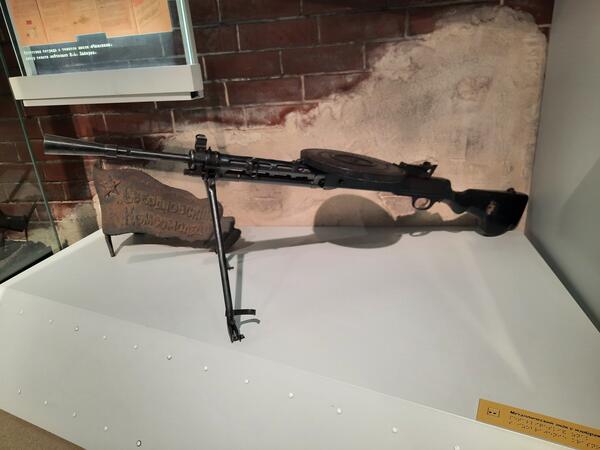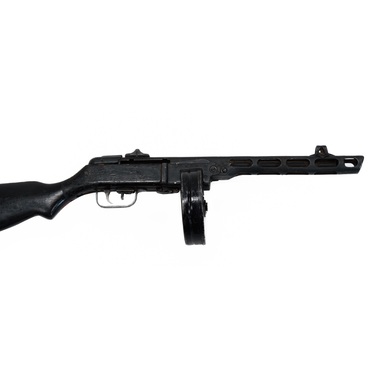The most powerful automatic weapon of the rifle divisions of the Red Army was a light machine gun, developed by Vasily Alekseyevich Degtyaryov in 1926. In terms of its combat qualities, the machine gun surpassed similar foreign models, in particular, the German MG-13 machine gun.
The important advantages of this weapon were simplicity and ease of production. A Degtyaryov light machine gun was manufactured one and a half times faster than foreign analogs. A revolver required twice as many pattern measurements and fillets than a Degtyaryov gun and a rifle — three times as many. The machine gun was adopted in February 1927 under the designation “7.62 mm DP light machine gun” (DP stood for “Degtyaryov — infantry gun”).
The Degtyaryov light machine guns were first delivered to the troops in 1927. The number of deliveries grew at a fairly rapid pace: on October 1, 1928 there were 8,811 light machine guns in the Red Army units, and by 1937 the number was 95,000. Of the 1,515,900 machine guns produced during the Great Patriotic War, the vast majority were Degtyaryov light machine guns.
The stability of the machine gun when firing was increased due to the use of folding bipods. To reduce its visible signature while firing, a cone-shaped flash suppressor was fitted on the muzzle.
This machine gun remained the main automatic weapon of the rifle units until 1944, when the DPM, a modernized version, began to enter production and was supplied to the troops.
During the war, the following tactics of using the DP light machine gun were developed. The machine gun always accompanied the gunners of its squad on any terrain, and was used to suppress enemy fire and clear the way for gunners when advancing or cover their retreat when withdrawing from a battle. The machine gunners went on the attack together with the shooters of their squad, firing on the move. When repelling enemy tank attacks, the light machine gun was used mainly by the infantry, which followed the tanks or moved on tanks, and at short distances (100–200 m), if absolutely necessary, it could fire at the most vulnerable areas of the enemy tank.
The important advantages of this weapon were simplicity and ease of production. A Degtyaryov light machine gun was manufactured one and a half times faster than foreign analogs. A revolver required twice as many pattern measurements and fillets than a Degtyaryov gun and a rifle — three times as many. The machine gun was adopted in February 1927 under the designation “7.62 mm DP light machine gun” (DP stood for “Degtyaryov — infantry gun”).
The Degtyaryov light machine guns were first delivered to the troops in 1927. The number of deliveries grew at a fairly rapid pace: on October 1, 1928 there were 8,811 light machine guns in the Red Army units, and by 1937 the number was 95,000. Of the 1,515,900 machine guns produced during the Great Patriotic War, the vast majority were Degtyaryov light machine guns.
The stability of the machine gun when firing was increased due to the use of folding bipods. To reduce its visible signature while firing, a cone-shaped flash suppressor was fitted on the muzzle.
This machine gun remained the main automatic weapon of the rifle units until 1944, when the DPM, a modernized version, began to enter production and was supplied to the troops.
During the war, the following tactics of using the DP light machine gun were developed. The machine gun always accompanied the gunners of its squad on any terrain, and was used to suppress enemy fire and clear the way for gunners when advancing or cover their retreat when withdrawing from a battle. The machine gunners went on the attack together with the shooters of their squad, firing on the move. When repelling enemy tank attacks, the light machine gun was used mainly by the infantry, which followed the tanks or moved on tanks, and at short distances (100–200 m), if absolutely necessary, it could fire at the most vulnerable areas of the enemy tank.



